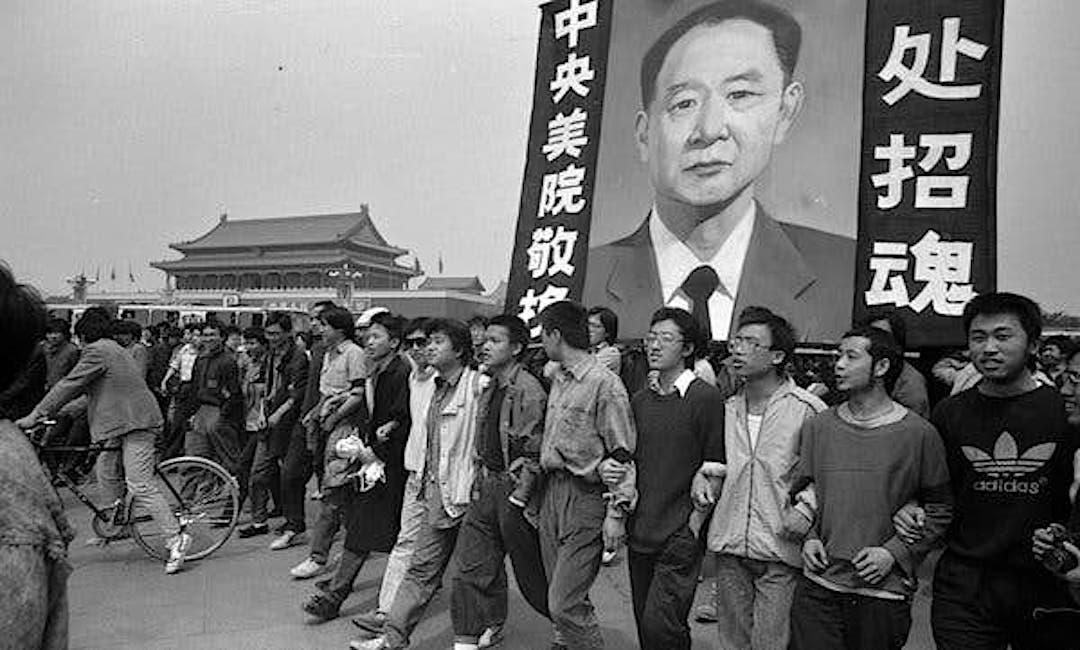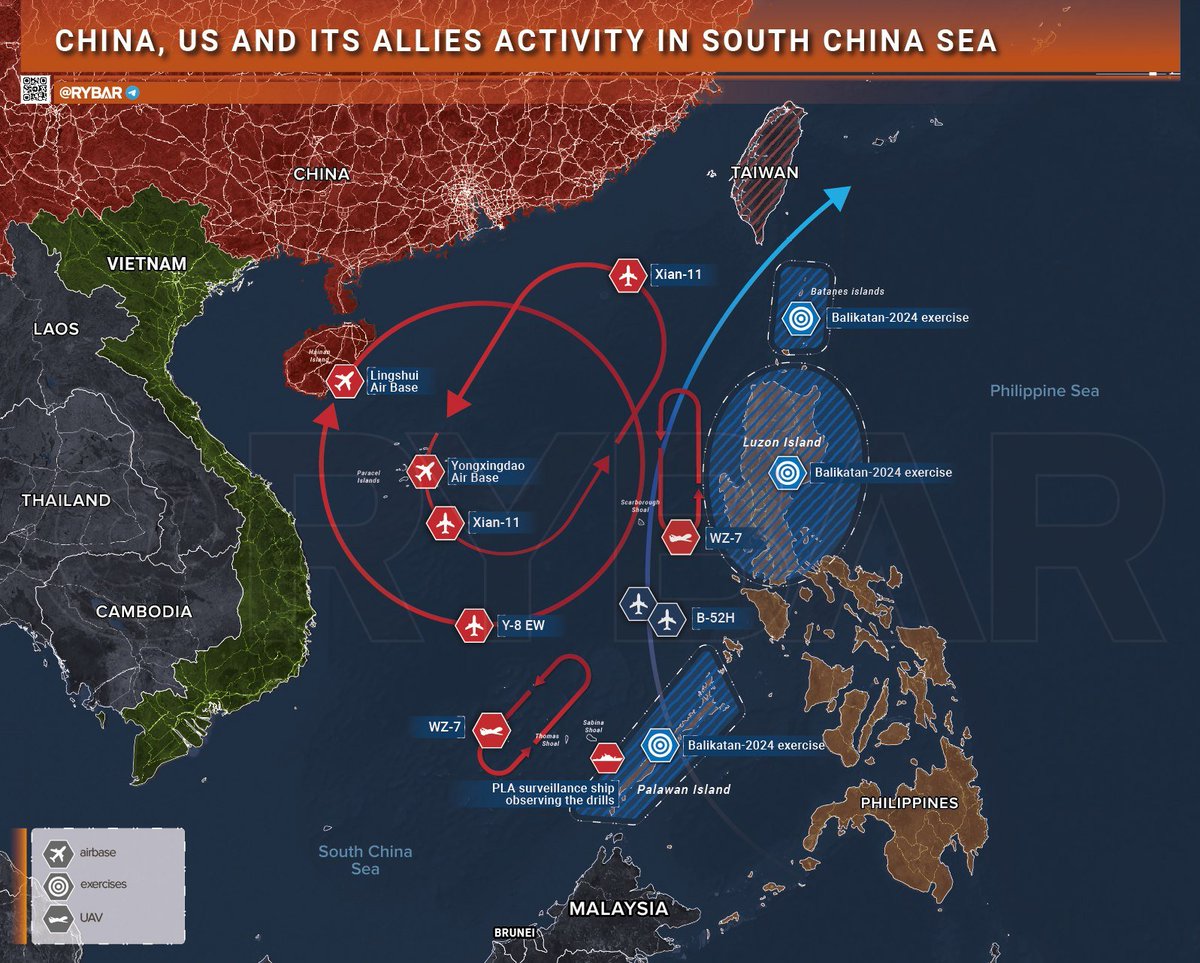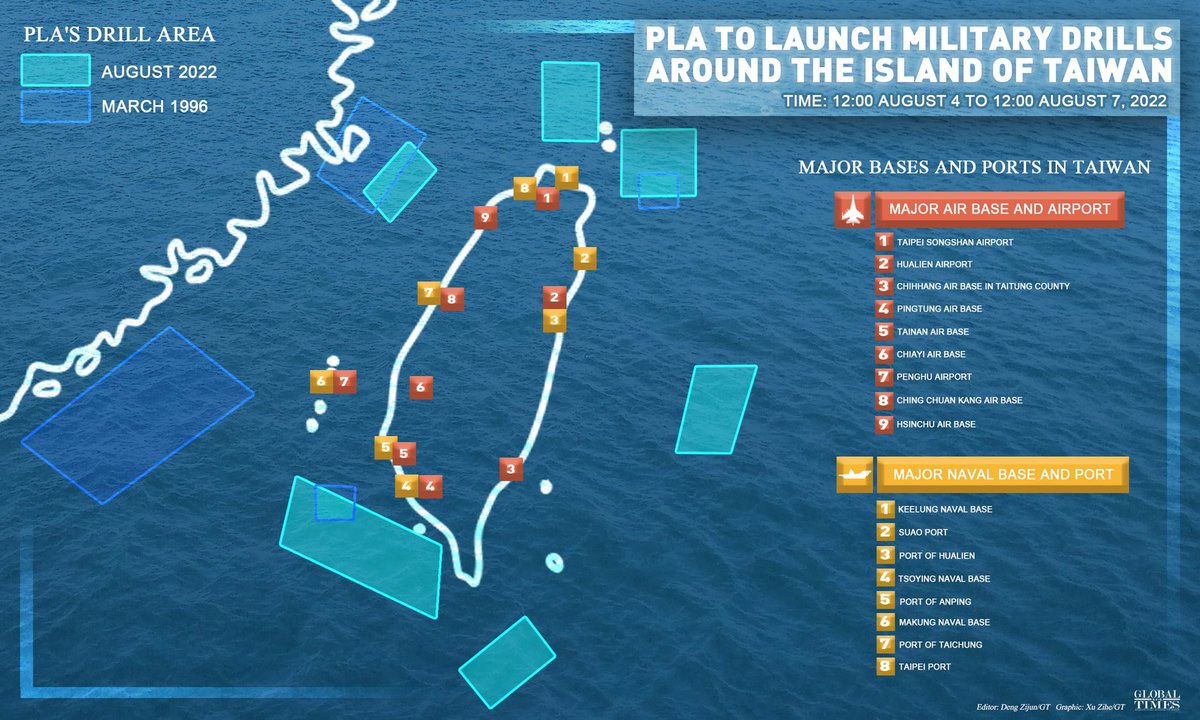THREAD 1) At least 10,000 people died in #TiananmenSquareMassacre - Secret #British cable from the time says
Secret document say death toll was much higher than later reported, while claiming wounded students were bayoneted as they begged for their lives.
independent.co.uk/news/world/asi…
Secret document say death toll was much higher than later reported, while claiming wounded students were bayoneted as they begged for their lives.
independent.co.uk/news/world/asi…
2) First waves of troops went in unarmed to disperse the protesters. Then “The 27 Army APCs opened fire on the crowd before running over them. APCs ran over troops & civilians at 65kmh.” “Students were given one hour to leave square, but after five minutes APCs attacked. 







3) “Students linked arms but were mown down. APCs then ran over the bodies time and time again to make, quote ‘pie’ unquote, and remains collected by bulldozer. “Remains incinerated and then hosed down drains.” 

4) “27th Army ordered to spare no one”. “Wounded girl students begged for their lives but were bayoneted. “A 3 year-old girl was injured, but her mother was shot as she went to her aid, as were 6 others.” The massacre continued even after the first wave of killings. 







5) 1,000 survivors were told they could escape but were then mown down by specially prepared machine gun positions. “Army ambulances who attempted to give aid were shot up, as was a Sino-Japanese hospital ambulance.” 







6) In another incident, the troops even shot one of their own officers. Sir Alan wrote: “27 Army officer shot dead by own troops, apparently because he faltered. Troops explained they would be shot if they hadn’t shot the officer.” “Minimum estimate of civilian dead 10,000.” 







7) This estimate is above any figures issued by the Chinese government, which numbered the dead at between 200 & 300. There has never been an undisputed figure for the death toll, but early on the morning of 4 June, the Chinese Red Cross estimated 2,700 people had been killed. 







8) In 2014, however, it was reported that a confidential US government file quoted a Chinese military source as saying the Communist regime’s own internal assessment believed 10,454 people had been killed – a figure that would fit Sir Alan’s initial estimate. 







9) The Chinese government has always characterised the response to the Tiananmen Square protests as legitimate defence against a counter-revolutionary riot or rebellion. 







10) The “atrocities” against thousands of pro-democracy protesters in Beijing’s Tiananmen Square were done by the 27th Army of Shanxi Province, whose troops were described as “60% illiterate & called primitives”. Most didn't even speak Mandarin. 







• • •
Missing some Tweet in this thread? You can try to
force a refresh



















